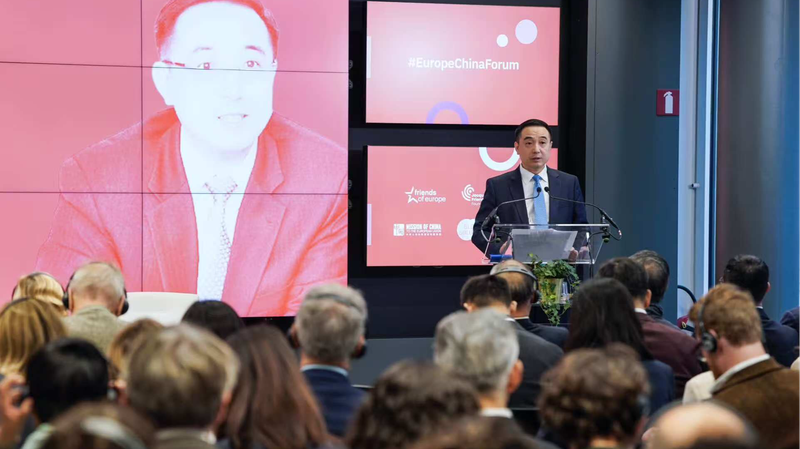Ever felt ripped off by double currency conversions when booking flights or sending money abroad? You’re not alone. Recently, Ethiopia and Kenya took a bold step: swapping their dollar debts for the Chinese yuan to cut down on hefty interest rates and foreign exchange fees. 💸➡️💴
1. Cheaper debt, less hassle
According to Professor XN Iraki from the University of Nairobi, “the interest rate in yuan is cheaper than the interest rate in dollars. So we see that as very positive for repaying our debts.” By adopting yuan-based debt swaps, these nations aim to lighten their dollar-heavy burdens without sacrificing growth.
2. Streamlined trade and travel
Iraki highlights the everyday perks: imagine converting shillings directly into yuan, instead of shillings→dollars→yuan. Fewer steps mean lower fees and slicker transactions. Traders get more choices, and travelers save both time and cash. 🛫
3. Building trust with volume
Zhou Mi, senior research fellow at the Chinese Academy of International Trade and Economic Cooperation, points out that beyond short-term savings, “the credibility of the yuan and the sheer volume of China-Africa trade” matter most. With China as the world’s top goods trader, partners benefit from a stable, widely accepted currency.
4. CIPS: A new payment gateway
Enter the Cross-border Interbank Payment System (CIPS). Linked to over 1,600 financial institutions across 120 countries, CIPS isn’t here to replace SWIFT, but to offer a fresh option for direct, bilateral settlements. It helps cut foreign exchange risks and speeds up global transactions. 🔄
What’s next?
With zero tariffs for 53 African countries and growing yuan reserves, this trend could reshape global finance in a multipolar world. For tech-savvy young pros eyeing new markets, learning these currency moves is key. Ready to switch lanes? 🚀
Reference(s):
cgtn.com




